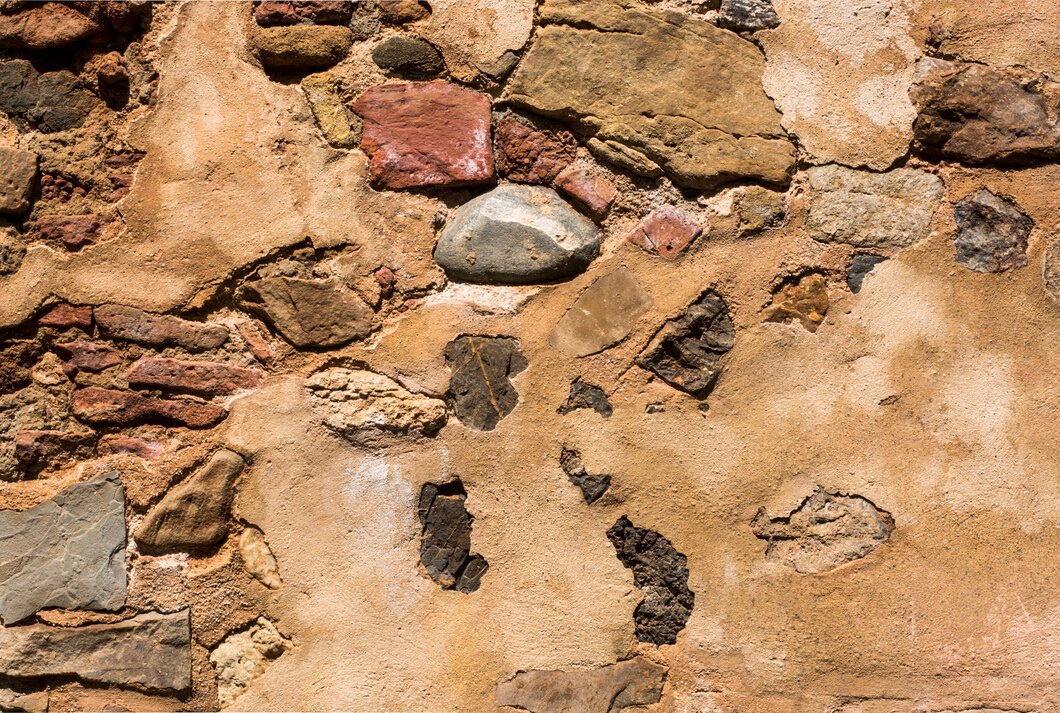Soil erosion is a persistent challenge that can threaten the structural integrity of landscapes, particularly in areas with uneven terrain or heavy rainfall. Constructing rock retaining walls has become a popular and effective solution for controlling erosion and preserving the natural landscape. This blog explores how rock retaining walls serve as a sustainable option for erosion control and the benefits they offer to property owners.
Understanding Soil Erosion
Soil erosion happens when the topsoil is stripped away by water, wind, or human actions. Various topographical and climatic conditions contribute to this process, making it crucial to implement effective control measures. Without proper erosion management, we risk losing valuable topsoil, damaging foundations, and flooding landscapes, all of which can adversely affect property value and safety.
The Role of Rock Retaining Walls in Erosion Control
Rock retaining walls are engineered to stabilize and prevent soil erosion in vulnerable areas. Constructed with diverse rock types, these walls often form tiered terraces that mitigate the downward pressure of flowing water, thus reducing soil displacement. Here’s how they effectively address erosion challenges:
- Stabilization: Rock retaining walls provide support for loose soil, helping maintain landscape integrity by preventing landslides or soil slippage.
- Water Management: These walls can also play a crucial role in managing water flow around properties. They help direct water away from certain areas, reducing the risk of soil erosion underneath more vulnerable surfaces.
- Aesthetic Value: Beyond their functional benefits, rock retaining walls can be designed in various styles to enhance the visual appeal of any property. Their natural look can be integrated into the landscape design, adding character and distinction.
Choosing the Right Materials
The effectiveness of a rock retaining wall in preventing soil erosion largely hinges on the choice of materials. Selecting rocks that complement the landscape aesthetically while also being robust enough to endure local climate conditions and the pressure from retained soil is essential. Popular options include granite, limestone, and local river rocks, each providing unique textures and strengths.
Construction Considerations
Constructing a rock retaining wall involves more than simply stacking stones. It demands meticulous planning and engineering to withstand the forces of nature. Important factors to consider include:
- Foundation: The foundation of the wall must be stable and robust to support the weight of the rocks above it.
- Drainage: Proper drainage systems are essential to prevent water from pooling behind the wall, which could lead to pressure build-up and structural failure.
- Height and Slope: The height and slope of the wall should be designed according to the degree of the slope being retained to ensure effectiveness and safety.
Long-Term Maintenance
Rock retaining walls typically require minimal maintenance, but regular inspections are vital to preserve their integrity over time. This involves checking for wear and tear, ensuring drainage channels are clear, and replacing any dislodged or deteriorated stones. Consistent maintenance extends the wall’s lifespan and helps prevent future erosion issues.
Conclusion
Rock retaining walls offer a practical and aesthetically pleasing solution to soil erosion issues in West Valley City. Expertly designed to integrate with the natural landscape, these structures provide both function and beauty. Incorporating them into your property not only safeguards against erosion but also enhances visual appeal, creating a harmonious blend with the surroundings. Whether addressing sloped terrains, areas prone to water flow, or sections needing extra support, rock retaining walls offer a durable, effective, and attractive solution. Their solid construction ensures long-lasting resilience against time and weather, making them a wise investment for homeowners looking to maintain the beauty and integrity of their outdoor spaces.
Discover the latest news and updates on Glamour Crunch!

